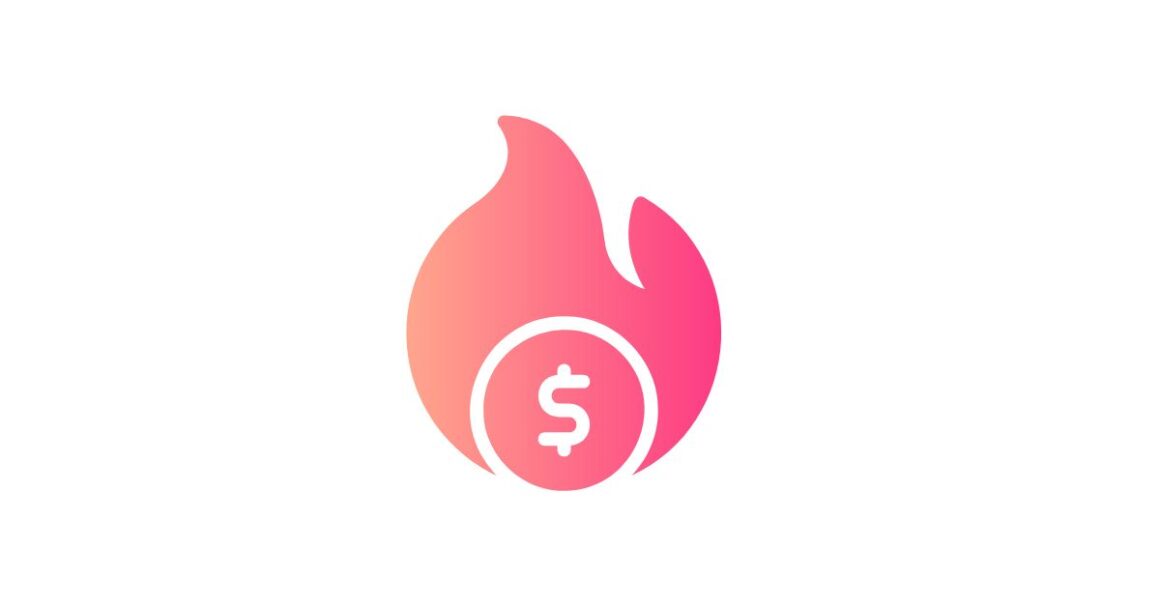The latest Consumer Price Index (CPI) offers a mixed outlook on inflation. While there are signs that underlying inflation may be cooling, the reality for consumers is less optimistic due to rising costs in essential categories like food and energy.
Why It Matters:
Core inflation, which excludes volatile food and energy prices, showed signs of easing, offering hope that inflation could be cooling.
However, the pain for consumers persists, with rising costs for gasoline, energy, and grocery staples like eggs, especially impacting lower-income households.
Key Numbers:
CPI rose by 0.4% in December, the second consecutive monthly increase, with a year-over-year increase of 2.9%, up from 2.7% in November. Energy prices surged 2.6% in December, accounting for 40% of the monthly CPI increase.
Grocery prices overall dropped slightly, but specific items like eggs saw significant price hikes (up 3.2% in December and 36.8% year-over-year). Airfares rose 3.9% in December and 7.9% over the last 12 months.
The Bright Spot:
Core inflation, which excludes food and energy, rose just 0.2% in December, marking the slowest pace since summer. Over the year, core CPI was up 3.2%, a slight decline from previous months.
Shelter costs, a major inflation driver, rose just 0.3% for the second consecutive month, suggesting some normalization of price pressures.
Market Reaction:
Financial markets are reacting positively, with the S&P 500 up 1.6% and Treasury yields dropping.
Investors are hopeful that the Federal Reserve will see the core inflation data as a sign of progress, potentially leading to rate cuts later in the year, despite the temporary rise in headline inflation.
Fed’s View:
The Federal Reserve is likely to focus on core inflation trends, which they view as more indicative of underlying economic conditions. Fed Chair Jerome Powell has previously noted that food and energy prices can fluctuate for reasons beyond the Fed’s control and may not signal long-term inflation trends.
In summary, while the inflation data suggests some cooling in underlying trends, the ongoing rise in food and energy prices means that many consumers are still feeling the financial strain. Markets are optimistic about the Fed’s path forward, but the broader inflation picture remains complex.

